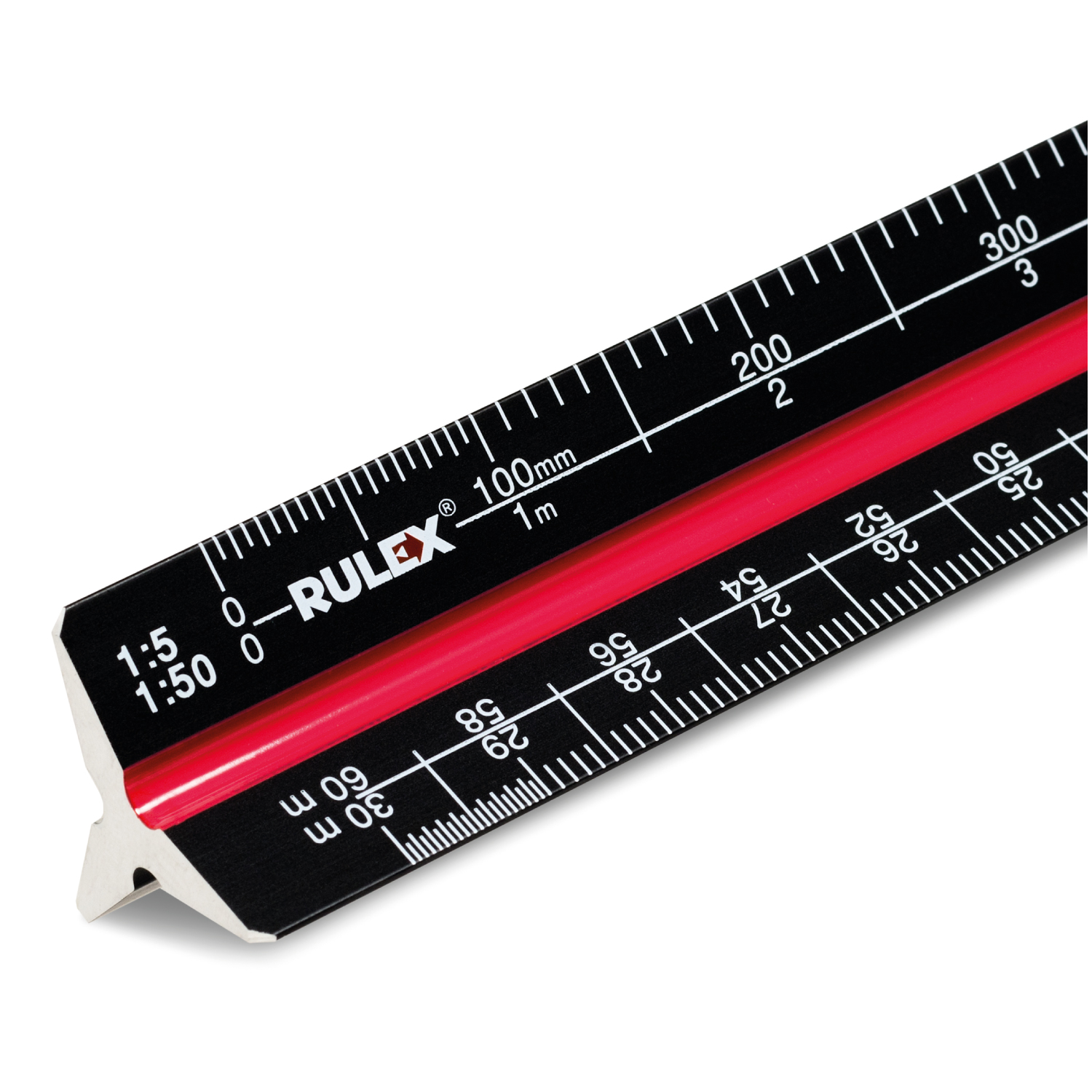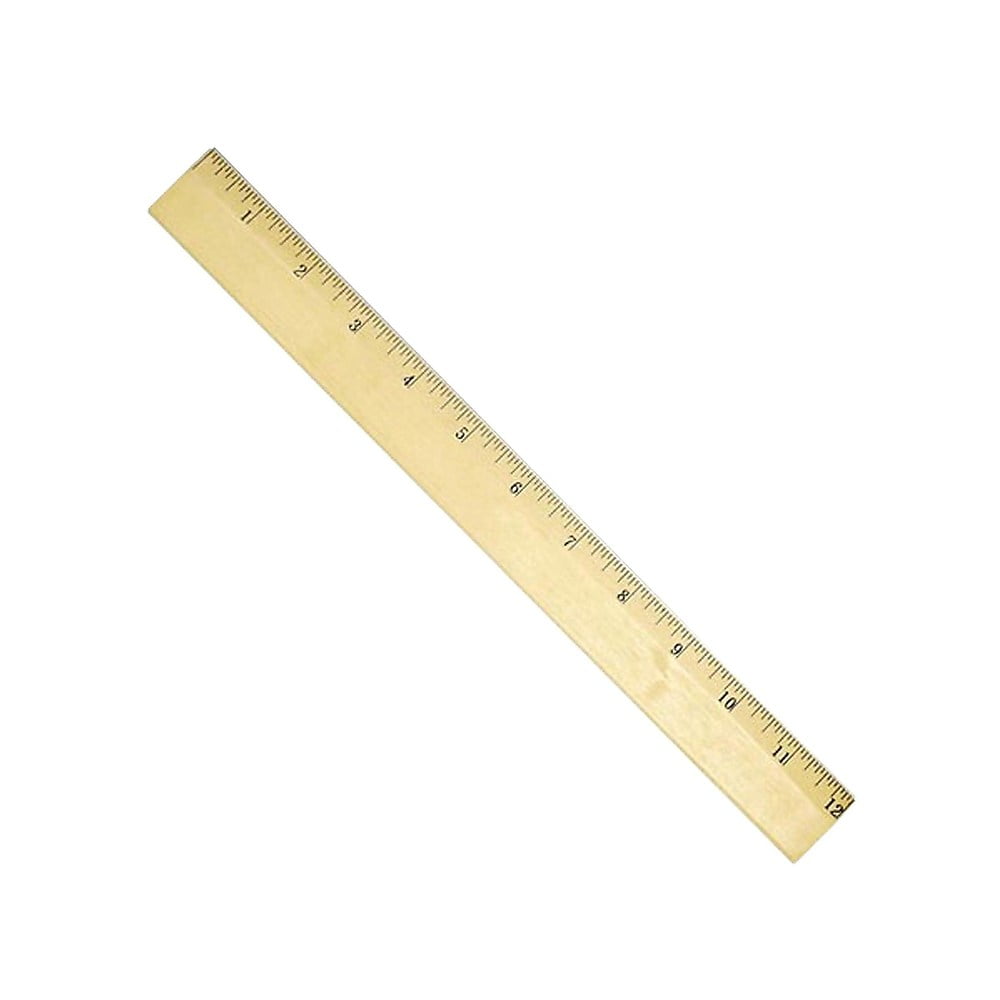

Therefore, a drawing will indicate both its scale (ratio) and the unit of measurement being used. Three-thirty-seconds-inch-to-the-foot ( 3⁄ 32″=1′0″) (1:128)Īrchitect's scale rulers used in Britain and other metric countries are marked with ratios without reference to a base unit. The following scales are generally grouped in pairs using the same dual-numbered index line (one scale is read from the right, and the other scale is read from the left): Typical scales used in the United States are:įull scale, with inches, divided into sixteenths of an inch A 1:5 architectural scale (inches to feet) would be a 1:60 unitless scale (inches to inches) since there are 60 inches in 5 feet.


It is not to be confused with a true unitless ratio. For example, one inch measured from a drawing with a scale of "one-inch-to-the-foot" is equivalent to one foot in the real world (a scale of 1:12 measured from a drawing with a scale of "two-inches-to-the-foot" is equivalent to six inches in the real world (a scale of 1:6). In the United States, and prior to metrication in Britain, Canada and Australasia, architect's scales are marked as a ratio of x inches-to-the- foot (typically written as x″=1′-0″). Architect's scales may be flat, with 4 scales, or have asymmetric 3-lobed cross-section, with 6 or 12 scales. Scales were traditionally made of wood, but today they are usually made of rigid plastic or aluminum.
#SCALE RULER HOW TO#
In this video you’ll learn how to use a scale ruler for architecture and engineering.A triangular architect's scale, made of brassĪn architect's scale is a specialized ruler designed to facilitate the drafting and measuring of architectural drawings, such as floor plans and Multi-view orthographic projections.īecause the scale of such drawings is often smaller than life-size, an architect's scale features multiple units of length and proportional length increments.įor accuracy and longevity, the material used should be dimensionally stable and durable. If you want to draw a 300mm thick wall at 7mm long, all you need to do is follow your scale ruler. If we navigate to our 1:100 scale, it will actually tell us what 7m would look like on paper. In fact, the solution is your scale ruler. Do you have to divide every single measurement by 100 in order to draw this drawing? The answer is no that would suck if you had to calculate every dimension. Let’s also say it got a length of 7m long. So, the 300mm wall would be drawn 3mm wide on paper in a 1:100 drawing. So, drawing a wall that’s 300mm thick, in a 1:100 drawing, would be 100 times smaller than that. So, what does this actually mean? Your teacher wants you to draw your design 100 times smaller than what it would be in real life. – this is quite a typical scale for a floor plan, elevation or section. Let’s say your teacher has asked you to draw a floor plan at a scale of 1:100. I’m going to take a stab and say you’ve been given the task to draw a drawing at a certain scale. The best way to learn how to use a scale ruler is by using one. The reason why these are at the scales they are, is because they are easily divisible. I see quite a lot of students make their drawings in random scales to fit them on their poster or drawing set.
#SCALE RULER PROFESSIONAL#
You won’t see any scale rulers or professional architects or engineering drawings at random scales such as 1:7, 1:52 or 1:300. Notice how these are all easy numbers to remember. For example, a cabinet doesn’t need to be shrunken as much as a whole house would need to be to fit on a page. They come with different scales because you often need to represent things at different scales. Scale rulers come in different shapes and sizes, but they all do the same thing. As a refresher, from the “how to read and draw a scale floor plan video”, drawing to scale is drawing an accurate representation of something, usually in a shrunken version of itself. In my first year of architecture school I was introduced to working in scale.


 0 kommentar(er)
0 kommentar(er)
